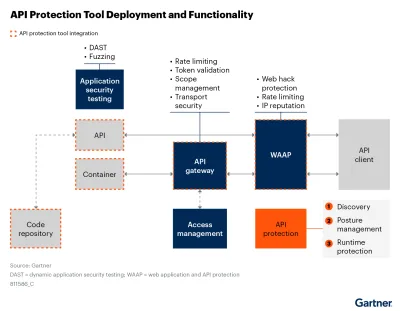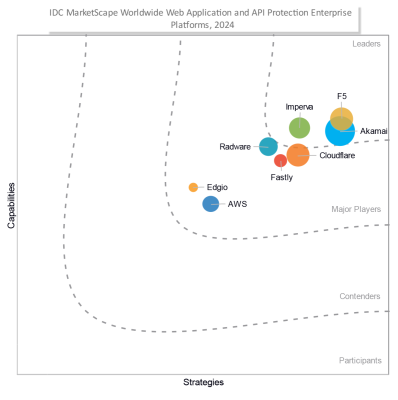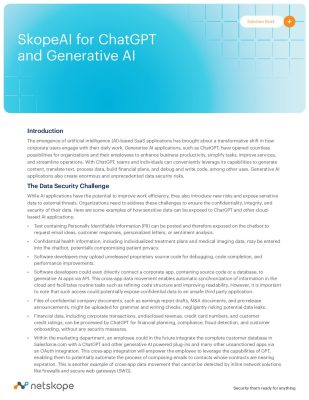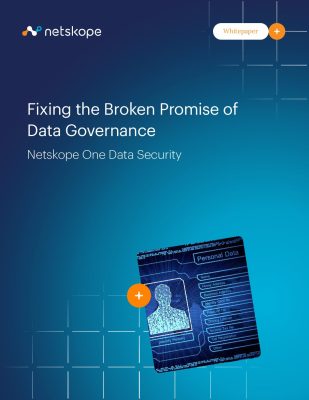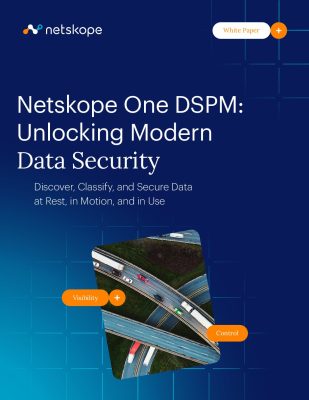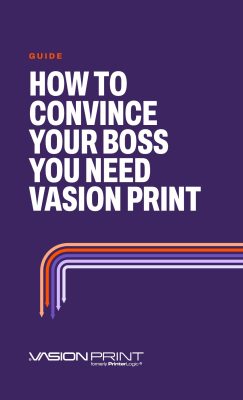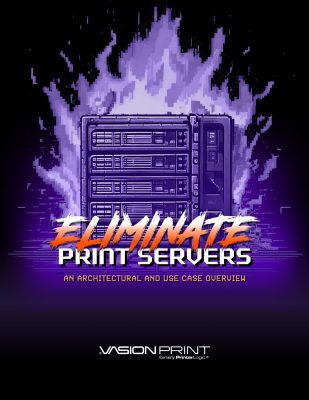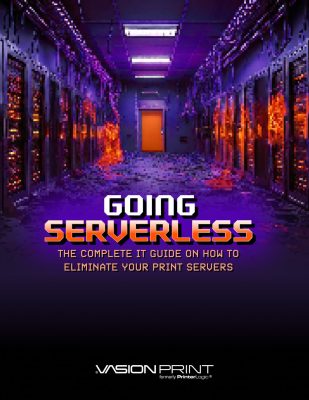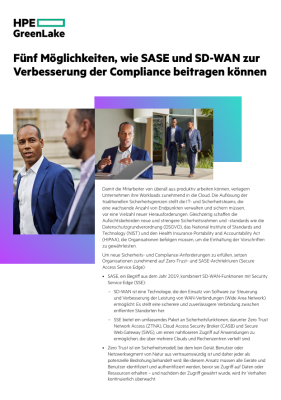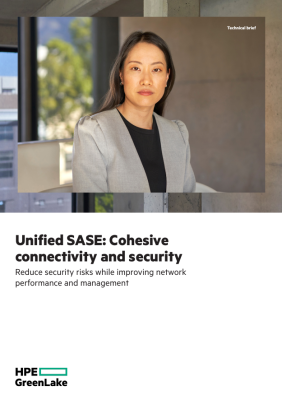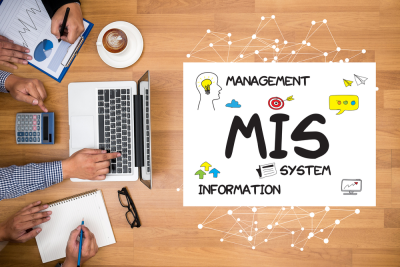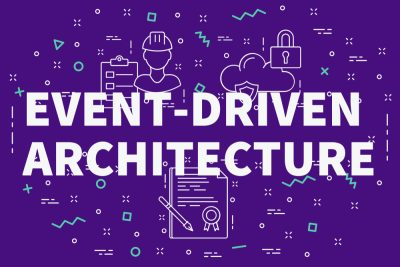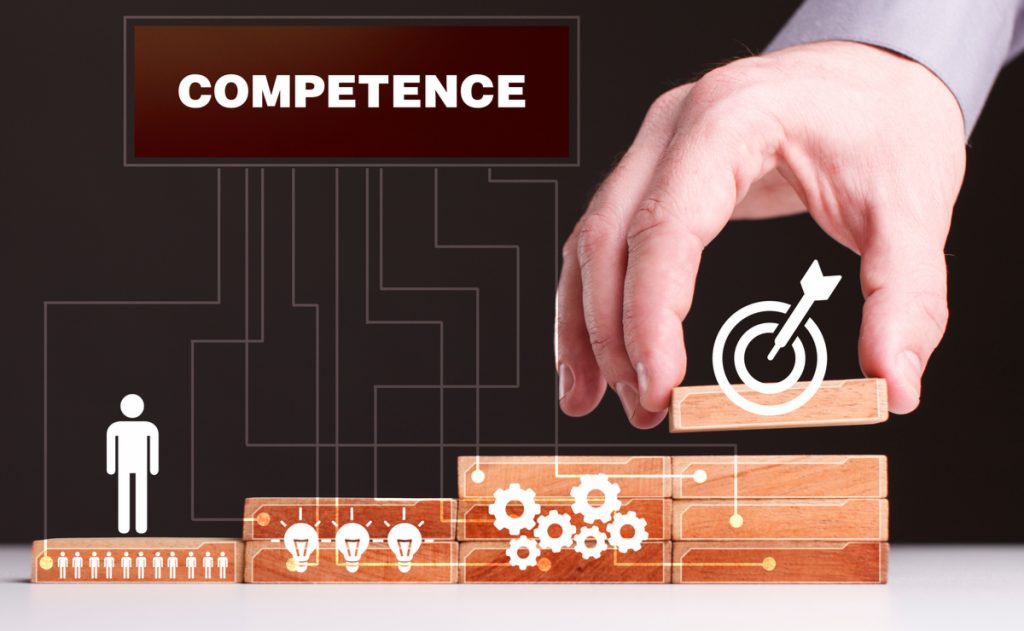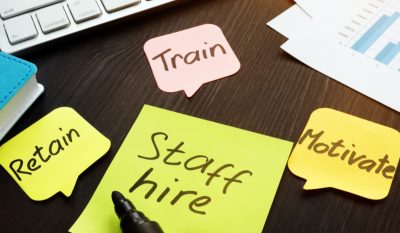In part I of this exquisitely crafted blog, we explored the complementary relationship between talent and competency management. In this part, we plan to delve into the depths and nuances of the competency management principle.
Full disclosure! As my mentor asked me to read the Three Laws of Performance authored by Steve Zaffron and Dave Logan recently, it got me thinking. This book deals with stuff to do at an individual level. Well, then, how does an organization decide and bring about the much-needed performance and accelerate change. That, too, in these pandemic-stricken times.
And that’s when I discovered the competency management principle and method in my research.
Competency management process
In a nutshell, competency is the combined knowledge, skills, and proficiency of an individual or an organization.
So, a competency management process is a practice of identifying, managing, and improving employee competencies. It strives to align employees’ skills and behaviors with the company’s goals. Done right, it has the potential to offer a competitive advantage to a company.
A competency management process includes the following five steps for a human resources team:
Step 1: Defining organizational objectives and goals
Step 2: Conducting a thorough job task analysis
Step 3: Setting vital performance standards and measurable criterion
Step 4: Assessing individual skill gaps and identifying learning resources
Step 5: Observing and measuring changes in key performance metric
All these steps are undertaken and managed under the supervision of relevant task and delivery managers and subject matter experts. The aforementioned process is a tool to utilize and improve the full gamut of talent management activities.
A successful competency management system manages to motivate staff, ties up training with company goals, and optimizes the hiring process.
While successfully making it through all the steps in the process, data analytics, spreadsheets, and LMS (Learning Management Software) play a pivotal role.
Thank God, for we are living in such interesting times. Companies like D2L Brightspace make use of video assignments and game-based learning to enhance your employee’s skills. And what better way to reminisce your childhood memories and learn your essentials via games. Docebo is another name that comes to mind that uses cloud-based LMS along with advanced AI (artificial intelligence).
Going forward, as we defined the process for you in simple terms, let us apprise you of some of the important competency models.
There is no set pattern for a competency model, but here is one which I felt was most apt and can be shared with our readers:
Tracy Shamas and Renée Smith, Former Talent Management Consultants at Willis Towers Watson, have broadly outlined these four competency models:
- Organization-wide model: this includes competencies important for all employees, irrespective of position or level—example: good communication skills and integrity.
- Function-based model: the competencies under this model solely fit with a single business function (e.g., finance) or a line of business.
- Role-based model: this includes competencies specific to a role or level of the organization, such as a people manager or executive. These models are created to differentiate behavioral expectations and requirements at different levels.
- Job-based model: this is developed for a particular job, such as a call center representative or an account manager.
(Source:shrm.org)
A step further in the process brings us to the pertinent question-
What steps are crucial to draft a competency model?
Some HR practitioners have listed these prerequisite indicators for an efficient competency model. In case you are on the verge of planning one after reading this blog, feel free to take notes:
- Start with collating information and notes about various job roles in your company.
- Move on to conversing with the subject matter expert. They are the ones who will apprise you of the much-needed critical competencies. They also hold a wholesome vision of the numerous job roles in the company.
- Wear your curiosity hat and identify the high-performer behaviors.
- Now get on with the job of drafting, reviewing, vetting the competency model and deliver it to your management team.
To say the least, competency modeling projects are organizational development efforts in essence. These models are the real levers that offer a top-down intervention approach and opportunity to help define the desired leadership behaviors, which, in turn, immensely project the real culture of an organization.
Universal competencies
Post interviewing a few HR practitioners and going through reams and reams of research, I discovered that the following universal competencies are a must to survive in any industry, regardless of the pandemic times.
A deeper dive into their subsets is also in order to outline a robust hiring strategy and qualities to look for in an individual while making those hiring and consequently the much-awaited appraisal decisions:
Here are the six universal competencies to look out for in a potential candidate, apart from that one core trait—sound technical knowledge in the given field.
- Relationship building and sensitivity (emotional intelligence)
- Problem-solving and decision making (creative analysis and good judgment)
- Influence (accumulation and skillful use of power)
- Drive and energy (passion to perform)
- Organizing and planning (being efficient and focusing energy and resources on the right thing)
Communications cluster (clear, frequent information in the right medium)
Renowned author Kailin Gow cheekily mentions, “One competent go-getter is worth One Hundred incompetent do-nothings.”
I sure do agree with that one.
To sum it all
The razor-sharp focus of the talent management teams now is purely on competency management. Using the competency management principle and models in these pandemic times, the HR personnel are duly prepared for potential resource and skills gaps. Are you included in the count of those winners following a structured competency framework? Do introspect!
For more such content download our latest whitepapers on talent management.

